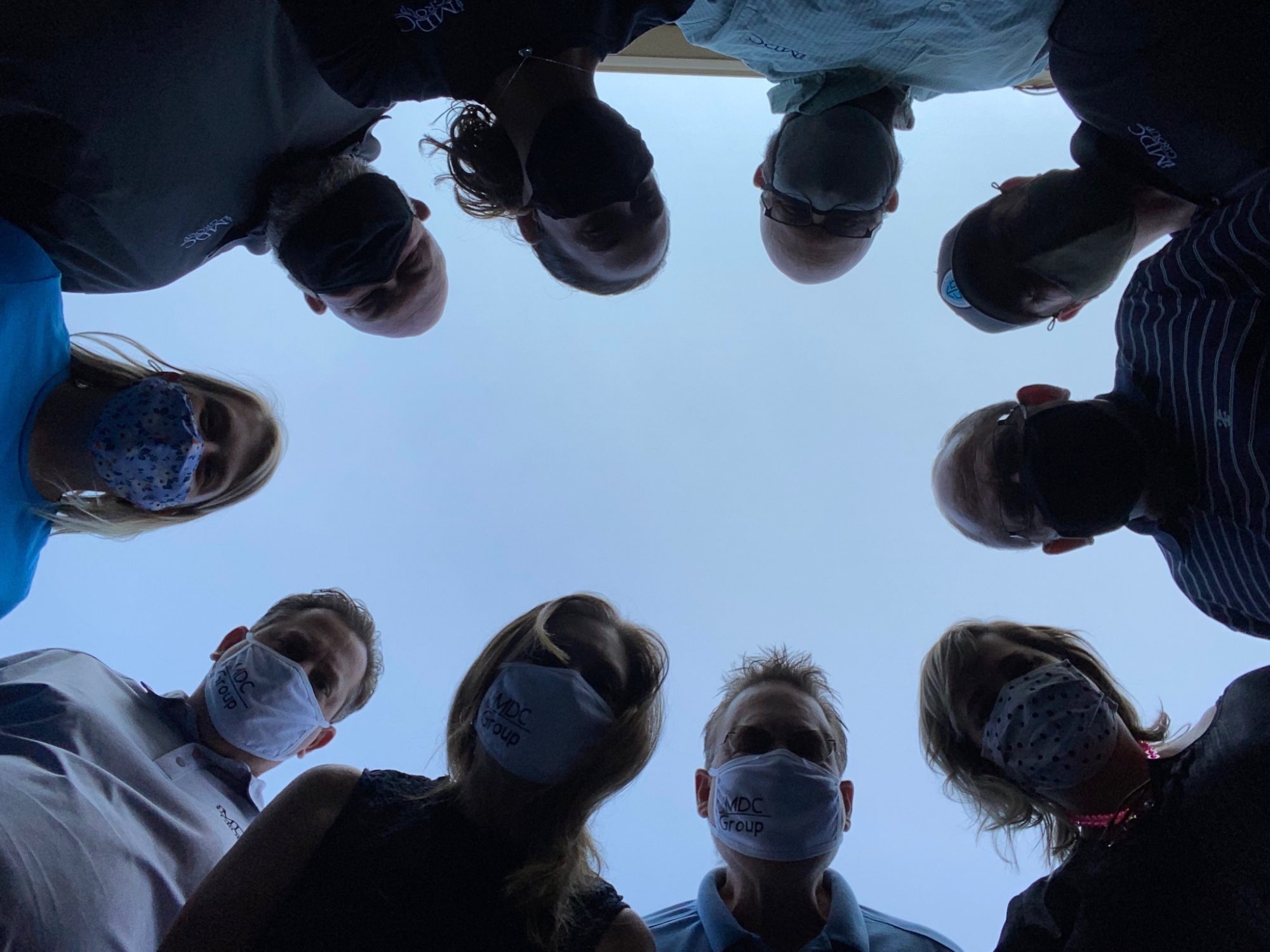
Trends in Retail: Creating an Experience
Now more than ever, customers and clients are looking for unique experiences as part of their brick-and-mortar shopping. From creating Instagram-able installations to interactive displays, customized fixtures and fabrications can help you build an experience worth sharing.
There’s a lot of reasons not to leave the house these days. When customers choose to venture out, they are looking for meaningful store experiences that offer something they can’t get from online shopping. To meet that need, many stores today are turning to “experiential retail.”
Transforming a client’s shopping trip into an experience can be a gamble—and come with an exorbitant price tag. But not every store needs a pool full of sprinkles or an immersive virtual reality display to boost customer satisfaction. In fact, even companies who can afford these extreme experiences rarely roll them out in all locations.
Customized fixtures and fabrications can help you maximize on this trend in retail, while keeping an eye on the bottom line. Just a few changes can make a major impact, and the move can be affordable enough to implement across multiple stores. Custom-built features can help create a more welcoming space for an authentic shopping experience, can offer opportunities for more frequent redesigns, and can create localized spaces that maintain a brand’s overall DNA.
Authenticity
Millennial and Gen Z shoppers are on constant alert for authenticity. With the growth of embedded advertising, younger shoppers have become keener than ever to shop with brands that appear transparent and offer a sense of community.
Retail experiences play into this desire, but the same need makes execution of embedded experiences even more complicated. The ideal experiential spaces invite interaction but don’t dictate it. Published hashtags and invites to “follow” fail to appeal in the same way that 1-on-1 customer experiences, “touch and feel” displays, and environments that organically encourage social media shares do.
Redesigning a floor space to make a store more open and inviting can have a major impact on customer satisfaction. Moving products from floor displays onto walls, for example, offers more area for salespersons to interact face to face with customers, which in turn can create a shopper’s deeper connection to a store. Decluttering a space by offering streamlined display items can actually incentivize customer interaction with your products—something that they can’t do when shopping online.
Designs and Redesigns
Traditionally, brick-and-mortar stores undergo a refresh or redesign every five to ten years. That’s too long a window for today’s market. Doug Stephens, CEO of Retail Prophet, argues that Millennial shoppers “don’t suffer from shortened attention spans. Rather, they simply have a much higher sensitivity to things that are boring.”
At L’Occitane’s NYC Fifth Avenue location, they’ve taken to implementing a new theme and design every three months!
Not every brand has the cash for constant remodels, but implementing modular fixtures and utilizing other types of fabrications that are easily interchangeable can make frequent refreshes a real possibility. Consider custom builds like modular wall displays, customizable lighting in displays and fixtures, or even vinyl murals or wall art to change up your look without bottoming out your budget.
Localization
On the opposite side of the scale to frequent redesigns is the need to maintain a brand aesthetic. One way to implement the appeals of experiential shopping without detracting from sales is to add localized items and designs to your retail locations.
Trader Joe’s, for example, excels at making each store unique while maintaining a cohesive brand DNA. They include localized signage that adds a personal touch to each store, and their site-specific tote bags are a draw for locals and travelers. Trader Joe’s offers an immersive shopping experience that is unique to each location while including consistent touchstones that make it possible to feel at home in any store across the country.
Finding the balance between these varied elements can be tricky. A successful, immersive experience offers a feeling of authenticity and connection, while staying fresh and maintaining brand awareness. All of this can come at a serious cost, but it doesn’t have to. With the right fixtures and fabrications—and the right design team to make it happen—you can offer a successful retail experience that draws customers to your brick-and-mortar locations and boosts sales while growing customer buy-in.
Ready to start developing a unique experience for your retail locations? Drop us a line to see how MDC Fixtures + Fabrication can help!

